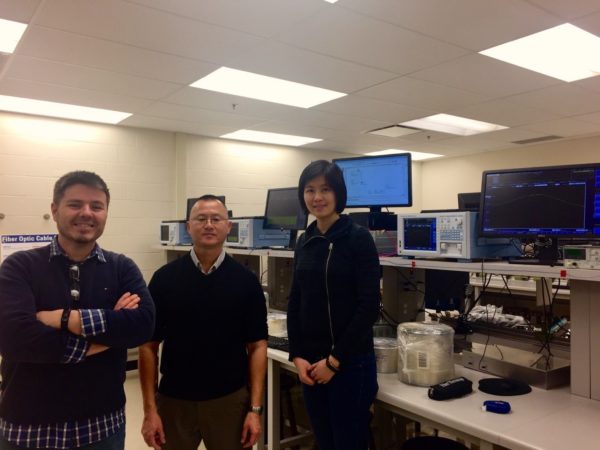The Optical Communications and Networks course (ECE469) in the Edward S. Rogers Sr. Department of Electrical and Computer Engineering (ECE) at the University of Toronto offers an introduction to optical communication links and systems to third and fourth year undergraduate students. In addition to receiving instruction in lectures and tutorials, students gain experience in fiber optics through a series of experiments during the term.
For several years, OptiSystem has been successfully used in the course to model WDM and metro access networks. The simulations illustrate the effects of loss, dispersion, fiber nonlinearities, fiber amplifiers, and receiver noise on optical transmission links and networks. OptiSystem complements the lecture materials as well as the hands-on experiments on optical fibers, lasers, fiber components, and fiber amplifiers in the lab.


